Buy the photo Sammerspolder pumping station, Egmond ad Hoef by Mike Bing on canvas, ArtFrame, poster and wallpaper, printed on demand in high quality.
About "Sammerspolder pumping station, Egmond ad Hoef"
by Mike Bing
About the artwork
The countryside in North Holland is full of these kinds of small automated pumping stations that keep the many polders dry and pump the water from the ditches to a higher canal. You see them a lot especially in the bulb fields around Egmond, Castricum and Heemskerk.
The Vennewaterspolder, Polder het Maalwater, Oosterzijpolder, Zuurvenspolder, Bergermeerpolder, Damlanderpolder, Sammerspolder, Visscherijmolenpolder, Philisteinsche Polder, Polder Boekelermeer, Sluispolder, Bosmolenpolder are some examples.
Occasionally there is some maintenance but the grab arms automatically spring into action when the pump grid threatens to become full of branches and leaves.
In this case, the shot was taken with an infrared camera which slightly distorts the colours but highlights the beautiful Dutch cloudscapes and allows them to play a leading role.
The Sammerspolder roughly covers the area in the triangle formed by the Heilooër Zeeweg, the Hoeverweg (N512) and the Maalwater in Heiloo.
Before this pumping station, on this spot there was, how could it be otherwise, a mill on Zomerdijkje. The scoop wheel mill stood opposite the southern tip of the Maalwaterpolder, on the Egmondervaart, on which it drained its water. That canal lies in common with Schermerboezem.
On 1 September 1644, the former owners of more than 30 ha in the Sammerspolder, Mr Cornelis Sammer c.s., agreed with the Egmondermeer that the latter would henceforth drain these 30 ha. This continued until at least the early twentieth century
This pumping station was commissioned in 1949.

About Mike Bing
Driven photographer with a preference for landscapes and city views as well as closeup work. Often emphasizes details in a larger picture. Often uses different post processing techniques to show the reality as it is experienced, not as it is actually seen. Photography as feeling.
A percentage of all sales..
Read more…
 Germany
Germany Ordered in July 2019
Ordered in July 2019
 Netherlands
Netherlands Ordered in November 2020
Ordered in November 2020
 Germany
Germany Ordered in February 2021
Ordered in February 2021
 Netherlands
Netherlands Ordered in August 2018
Ordered in August 2018
 Germany
Germany Ordered in May 2019
Ordered in May 2019
 Netherlands
Netherlands Ordered in February 2021
Ordered in February 2021
 Netherlands
Netherlands Ordered in June 2019
Ordered in June 2019
 Germany
Germany Ordered in October 2024
Ordered in October 2024
 Germany
Germany Ordered in January 2022
Ordered in January 2022
 Germany
Germany Ordered in June 2022
Ordered in June 2022
 Germany
Germany Ordered in May 2021
Ordered in May 2021
 Germany
Germany Ordered in March 2025
Ordered in March 2025
About the material
Canvas
A classic and timeless material
- Fine-art print quality
- Frame made of sustainable wood
- Durability of minimum 10 years
- Available with floater frame
Discover the artworks of Mike Bing
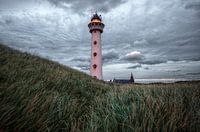 J.C.J.van Speijk lighthouseMike Bing
J.C.J.van Speijk lighthouseMike Bing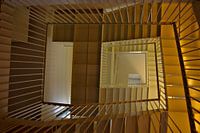 Escher revisited 1Mike Bing
Escher revisited 1Mike Bing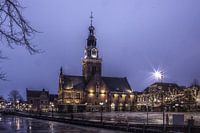 Old Alkmaar 1Mike Bing
Old Alkmaar 1Mike Bing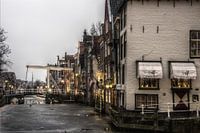 Old Alkmaar 2Mike Bing
Old Alkmaar 2Mike Bing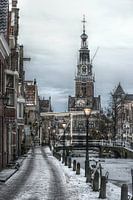 The Wagenower in the winterMike Bing
The Wagenower in the winterMike Bing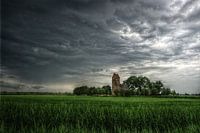 Skies over FrieslandMike Bing
Skies over FrieslandMike Bing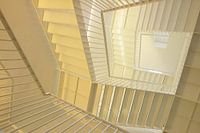 Escherian staircaseMike Bing
Escherian staircaseMike Bing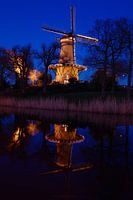 Pete's mill - 1Mike Bing
Pete's mill - 1Mike Bing Here's looking at ya!Mike Bing
Here's looking at ya!Mike Bing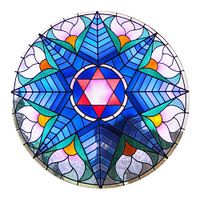 Stained glass window Alkmaar synagogueMike Bing
Stained glass window Alkmaar synagogueMike Bing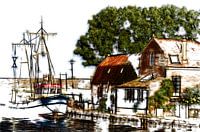 Fishing boat in EnkhuizenMike Bing
Fishing boat in EnkhuizenMike Bing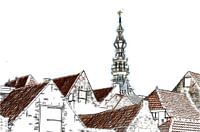 De daken van ZierikzeeMike Bing
De daken van ZierikzeeMike Bing Mills, water and boatsMike Bing
Mills, water and boatsMike Bing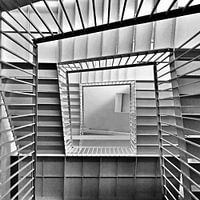 Going up!Mike Bing
Going up!Mike Bing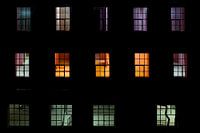 And behind window number one...Mike Bing
And behind window number one...Mike Bing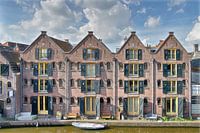 Kaasmakersgracht, AlkmaarMike Bing
Kaasmakersgracht, AlkmaarMike Bing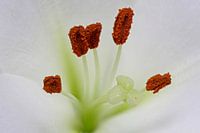 GranularMike Bing
GranularMike Bing Leiden mosaicMike Bing
Leiden mosaicMike Bing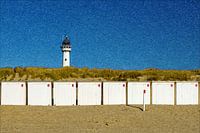 Egmond's rhythm, lighthouse and beach housesMike Bing
Egmond's rhythm, lighthouse and beach housesMike Bing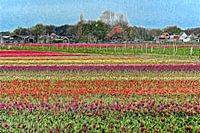 Abstract Egmond bulb fieldsMike Bing
Abstract Egmond bulb fieldsMike Bing
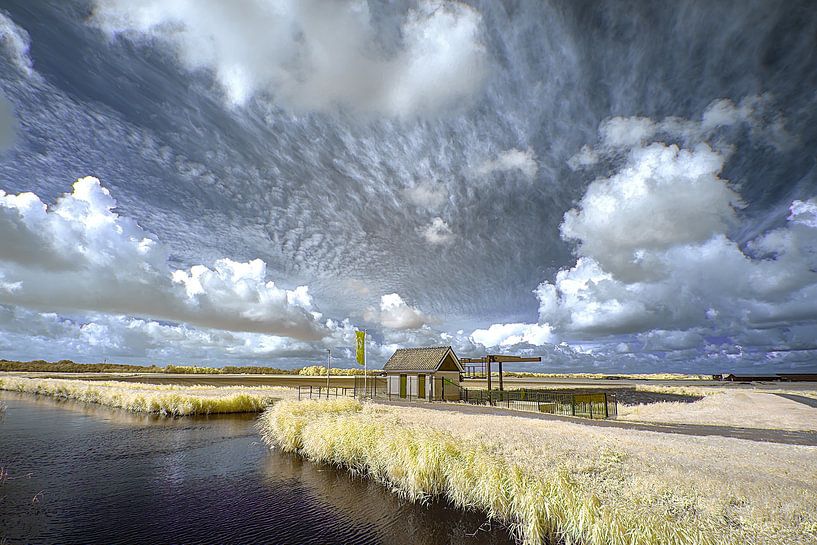


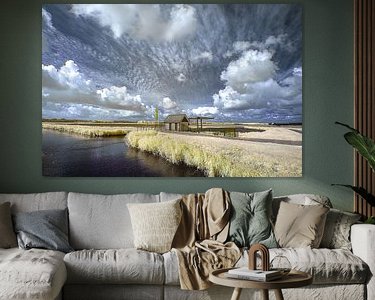

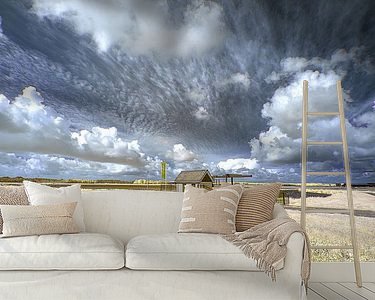
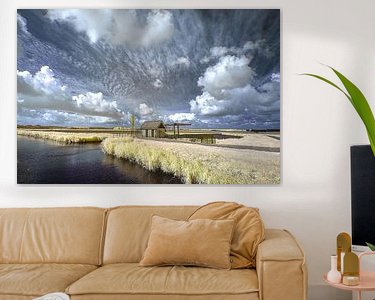

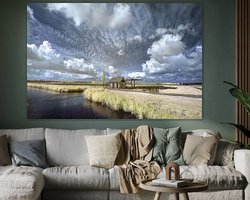
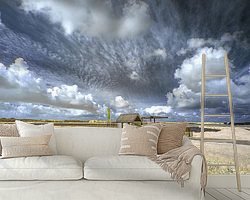
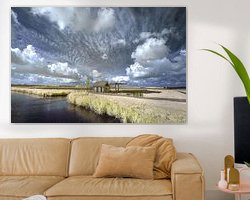
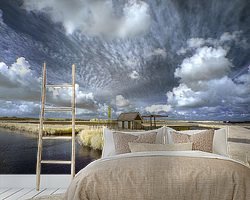
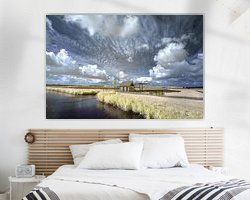
 North Holland
North Holland Photo wallpaper
Photo wallpaper Photography
Photography Polder landscape
Polder landscape Serene Peace
Serene Peace









